
Robert Hooke FRS was an English polymath, active as a physicist, astronomer, geologist, meteorologist and architect. He is credited as one of the first scientists to explore living things at microscopic scale, using a compound microscope that he designed. An impoverished scientific inquirer in young adulthood, he became one of the most important scientists of his day. As a surveyor and architect, he found wealth and esteem by performing over half of the property surveys after London's great fire of 1666 and assisting in the city's rapid reconstruction. In recent times, he has been called "England's Leonardo".

Sir Christopher WrenFRS was an English architect, astronomer, mathematician and physicist who was one of the most highly acclaimed architects in the history of England. Known for his work in the English Baroque style, he was accorded responsibility for rebuilding 52 churches in the City of London after the Great Fire in 1666, including what is regarded as his masterpiece, St Paul's Cathedral, on Ludgate Hill, completed in 1710.

Sir George Biddell Airy was an English mathematician and astronomer, as well as the Lucasian Professor of Mathematics from 1826 to 1828 and the seventh Astronomer Royal from 1835 to 1881. His many achievements include work on planetary orbits, measuring the mean density of the Earth, a method of solution of two-dimensional problems in solid mechanics and, in his role as Astronomer Royal, establishing Greenwich as the location of the prime meridian.
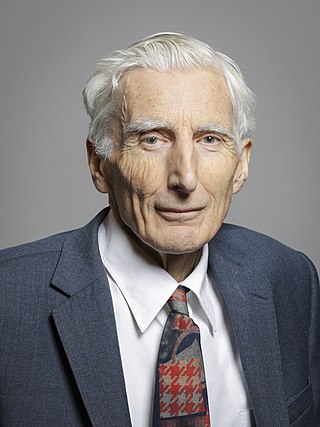
Martin John Rees, Baron Rees of Ludlow, is a British cosmologist and astrophysicist. He is the fifteenth Astronomer Royal, appointed in 1995, and was Master of Trinity College, Cambridge, from 2004 to 2012 and President of the Royal Society between 2005 and 2010.

John David Barrow was an English cosmologist, theoretical physicist, and mathematician. He served as Gresham Professor of Geometry at Gresham College from 2008 to 2011. Barrow was also a writer of popular science and an amateur playwright.
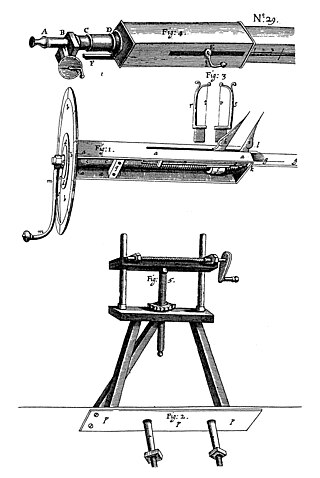
William Gascoigne was an English astronomer, mathematician and maker of scientific instruments from Middleton, Leeds who invented the micrometer and the telescopic sight. He was one of a group of astronomers in the north of England who followed the astronomy of Johannes Kepler, which included Jeremiah Horrocks and William Crabtree.

Lisa Anne Jardine was a British historian of the early modern period.
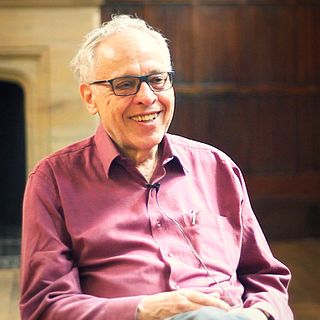
Joseph Ivor Silk FRS is a British-American astrophysicist. He was the Savilian Chair of Astronomy at the University of Oxford from 1999 to September 2011.

James Arthur Bennett, was a British museum curator and historian of science. Bennett's interests lay in the history of practical mathematics from the 16th century to the 18th century, scientific instruments and astronomy.

William Crabtree (1610–1644) was an English astronomer, mathematician, and merchant from Broughton, then in the Hundred of Salford, Lancashire, England. He was one of only two people to observe and record the first predicted transit of Venus in 1639.

Nacton is a village and civil parish in the East Suffolk district of Suffolk, England. The parish is bounded by the neighbouring parishes of Levington to the east and Bucklesham in the north. It is located between the towns of Ipswich and Felixstowe.

Mexborough engine shed was an engine shed in Swinton, in South Yorkshire, England. It was built by the Great Central Railway and opened in 1875. The shed was built slightly to the west of the current Mexborough station on land between the River Don and the River Don Navigation. It had 15 dead end roads, and could handle about 150 steam locomotives, mainly for use on freight trains. The London and North Eastern Railway operated the shed from 1923. In 1948, on the formation of British Railways Eastern Region, Mexborough bore the shed code 36B, then 41F from 1958. It closed in February 1964.
Andrew Christopher Fabian is a British astronomer and astrophysicist. He was Director of the Institute of Astronomy, University of Cambridge from 2013 to 2018. He was a Royal Society Research Professor at the Institute of Astronomy, Cambridge from 1982 to 2013, and Vice-Master of Darwin College, Cambridge from 1997 to 2012. He served as president of the Royal Astronomical Society from May 2008 through to 2010.

J A Jones Hoober Observatory is a privately owned observatory located in South Yorkshire, England near to the villages of Hoober and Wentworth, 4 miles (6.4 km) North-northwest of Rotherham. It can be found about 300 metres (0.19 mi) east of Hoober Stand. The observatory is owned and operated by Mexborough & Swinton Astronomical Society (NPO).
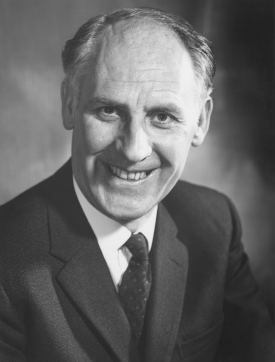
Raymond Hide was a British physicist, who was a professor of physics at the University of Oxford and, since 2000, senior research investigator at Imperial College, London.
Gods in the Sky was a three-part British television series on Channel 4, covering astronomical religion in early civilizations. It is presented by the historian of science Allan Chapman. The series was filmed in Britain, Egypt, Greece, and Italy.
The Society for the History of Astronomy is an organisation based in the United Kingdom that promotes research into the history of astronomy. It publishes a research journal called The Antiquarian Astronomer and a regular Bulletin.

Ian Morison FRAS is an astronomer and astrophysicist who served as the 35th Gresham Professor of Astronomy.
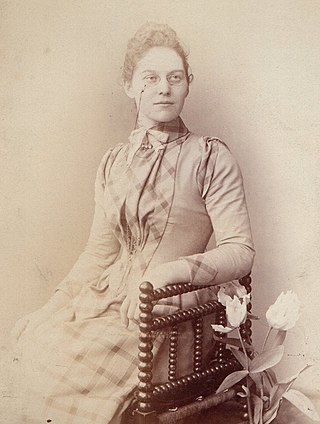
Florence Taylor Hildred (1865–1932) was the first female member of Leeds Astronomical Society and later a pastor for the Unity Society of Practical Christianity in Sacramento, US, where she was the first woman in the city to conduct a marriage ceremony.
















